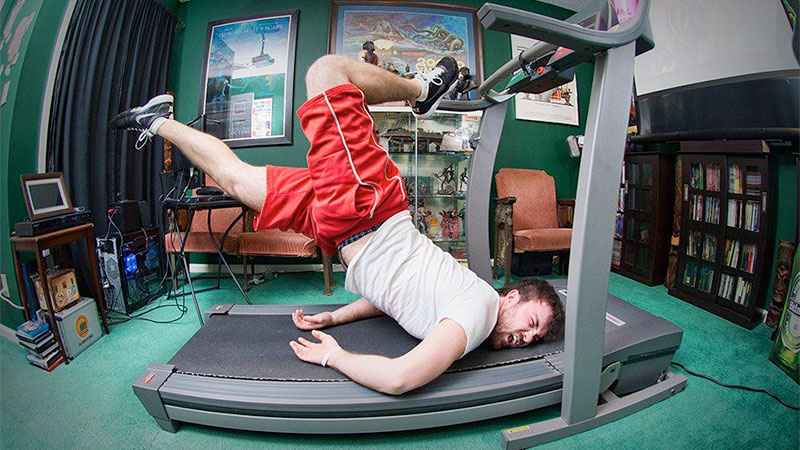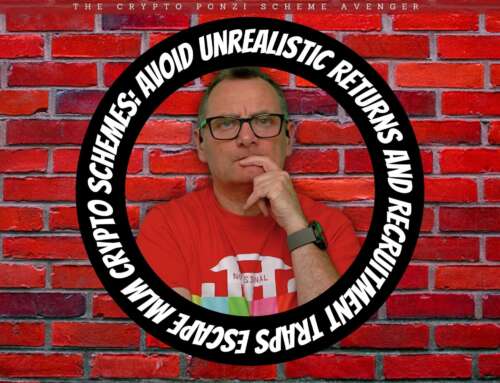
The answer lies in our original drivers – what was our motivation? Why were we passionate about embarking on the twin responsibilities of being a professional in our chosen field, alongside the requirements of business management? Because it is invariably the latter that causes the grief – few of us go into business for business’ sake.
Passion. This is the heart-based bit, where our intent is fuelled by our desire to express what is important to us, to communicate through needs and values and not just expediency. Yes we need the money – and if that was our sole driver we would all be involved in some aspect of the financial industry, because that invariably is where the money is. But our motivation isn’t expediency, it is far stronger than that and lies at the core of our being. A definition of being human I use is “one who seeks to express understanding,” so being driven by passion is the desire to be heard and understood. We went into business because we believed in our ability to be able to consistently deliver our product or service, in a manner that was beneficial to both ourselves and our clients – the symbiotic aspect of the relationship. And the indicator that we have succeeded, is when our clients comes back for more. So, is our passion still intact? Do we still have that ‘fire in our bones’ that inspires us and drives our heart?
Motivation. This is the mind-based bit, where our intent has direction and structure. Every profession has its specific categories, and while we are invariably aware of them all, we have chosen one or two in particular to focus our attention on – to become a specialist in. Combining this with the – often burdensome – structural requirements of business management, and motivation is inevitably the driver that is the most vulnerable. Passion simply is not enough. Without motivation it turns inward, and undermines rather than supports our heart. Motivation then, is key – everything else stands or falls against it.
Ironically, the decision to get off the treadmill will need to be managed just as much as the decision to stay on – winding up a business has its own stresses, including grief and the sense of failure, particularly if bankruptcy is in the wings. It has its own motivation, one that has an apparent short-term benefit, but one that is also less clearly understood. Getting off then, is not an easy option. But the relentlessness of staying on when things seem out of control has its own challenges. Either decision then, is driven by motivation – one the vehicle of the heart and passion, the other the vehicle of the mind and relief. And both of them must be managed.
The alternative then, is not actually an alternative, rather it is management. And management is always about prioritising. And prioritising requires decisions. At this point, help is required – so don’t be fooled into thinking that seeking help is somehow a sign of weakness – it is quite the opposite. It takes courage, strength and the fundamental desire to move forward. The likelihood is that the principles and the structure are sound, and what is needed is another perspective to help make the decisions and set the priorities.
It is possible then, to not only get the treadmill under control, but to regain the enjoyment of the recognition, satisfaction and achievement that motivated us in the first place. And that is our third driver – tenacity – convincing us that our original decision was sound, and that with some reprioritising and good communication with our business associates, we are still in business.







Leave A Comment